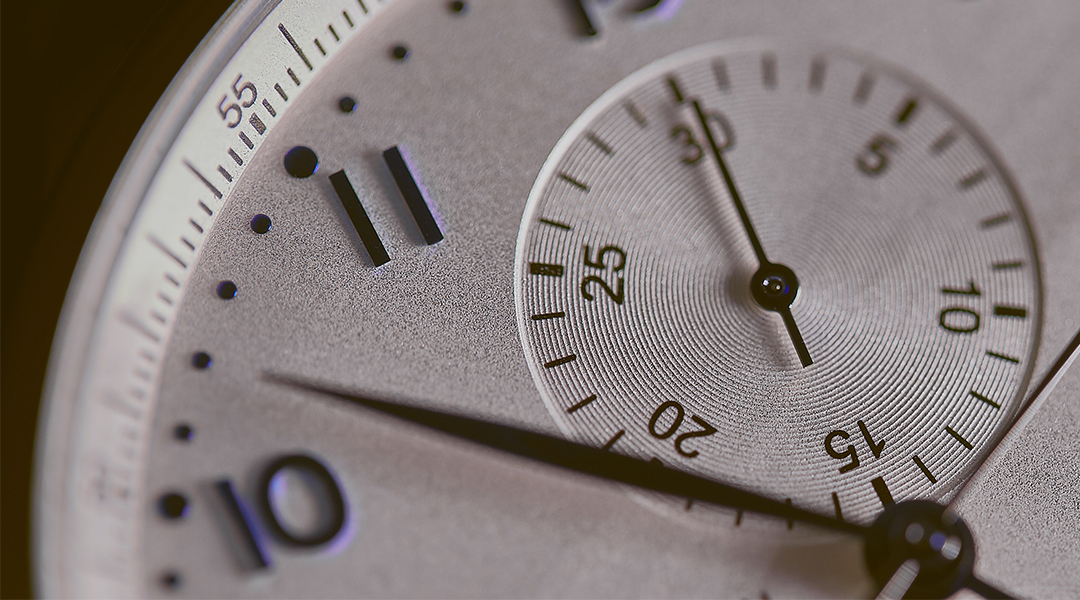Time, a fundamental construct that we rely on for every aspect of our lives, remains one of the greatest mysteries of the universe. While the laws of physics struggle to explain the workings of time, humans have developed ways to measure and estimate it. How does perception of the concept of time develop in humans, and how does it change with age? Recent research published in Scientific Reports has shed light on the markedly distinct ways pre-kindergarteners perceive time compared to adults and school-age children.
In this study, the three groups were presented with two cartoon videos of the same duration, with one video being more “eventful” than the other. The first video was an action-packed excerpt from an animated cartoon, while the second was another excerpt from the same cartoon that was monotonous and eventless. Pre-kindergarteners perceived the eventful video as longer, while the other two groups had the opposite perception, finding the uneventful video to be longer.
According to Zoltan Nadasdy, a professor of psychology at the Eötvös Loránd University, adjunct professor at the University of Texas at Austin, and the corresponding author of the study, “these findings suggest that instead of time perception changing simply over the years, the very meaning of time is going through a transformation.” He adds that, “during the course of mental development from infancy to adulthood, we not only perfect our models of the world but eventually replace them with completely new ones.”
Our brains rely on mental shortcuts
The estimation of time is an especially interesting concept to study from a cognitive standpoint because, unlike distance, loudness, or brightness, we cannot directly sense it. Instead, we rely on mental shortcuts, or heuristics, to estimate how long an event was.
“Try to think with the brain of a 4-year-old. ‘I don’t know how to compare time, but I know that time grows with ‘stuff’. More ‘stuff’ is more time. Therefore, the video that had more ‘stuff’ is longer.’ They use heuristics of ‘How much they could talk about’ one video versus the other,” said Nadasdy.
However, as we grow older, we develop a different concept of time that is not as tightly coupled to events. Nadasdy explains, “for you and me, time is passing at the same speed. No matter where you are, no matter what you do, no matter if you are awake or sleeping, aware or unaware, the clock is ticking.”
How adults estimate time
Despite our understanding that time is absolute, we are not perfect estimators of time. As adults, we also rely on heuristics to estimate durations. However, the heuristics we use change as we develop the idea that durations do not depend on events.
Nadasdy describes beautifully the “sampling heuristic” that adults use, which involves comparing what he refers to as timelets or samples of time stolen from the activity they were doing. Remember the time you were waiting for your friend to show up at a café, bored out of your wits, and you felt like time was stretching on and on? It is likely this happened because your boredom afforded you ample opportunity to check your watch several times, giving you the illusion that you were waiting for longer than you really had.
“When watching a boring video, we sample time frequently and collect many timelets. In contrast, when watching an eventful and action-packed video, we do not have many opportunities to sample time and steal fewer timelets,” said Nadasdy. The results of this study indicate that while we might think about time in a more event-based manner when we are very young, this perception changes somewhere between pre-kindergarten and school age, when we shift to sampling heuristics.
Hand gestures and time perception
The authors also asked the three groups of participants to represent how long they thought each video was with hand gestures rather than verbally. While adults and school-age children predominantly used horizontal hand gestures, pre-kindergarteners seemed to have no such preference.
The authors suggest that this preference for thinking about timelines as horizontal could also have to do with the awareness in older children and adults that time is absolute and that events are arranged into the past, present and future along a line.
When we think of traversing through life, we imagine walking from the past, into the future. This could be part of the reason why, for instance, we talk of “leaving the past behind” or of the “future ahead of us”. Because pre-kindergarteners do not yet understand the concept of absolute time, they represent magnitudes of time as “big” or “small” either using vertical or horizontal hand gestures.
The authors also call for further research to understand how these heuristics arise in the brain, how they change with age, and how conditions like Alzheimer’s disease could potentially affect them. Ultimately, the study of time perception offers a fascinating insight into how our brains construct our experience of the world.
Reference: Zoltan Nadasdy, et al., Children and adults rely on different heuristics for estimation of durations, Scientific Reports (2023). DOI: 10.1038/s41598-023-27419-4
Feature image credit: Agê Barros on Unsplash.

















